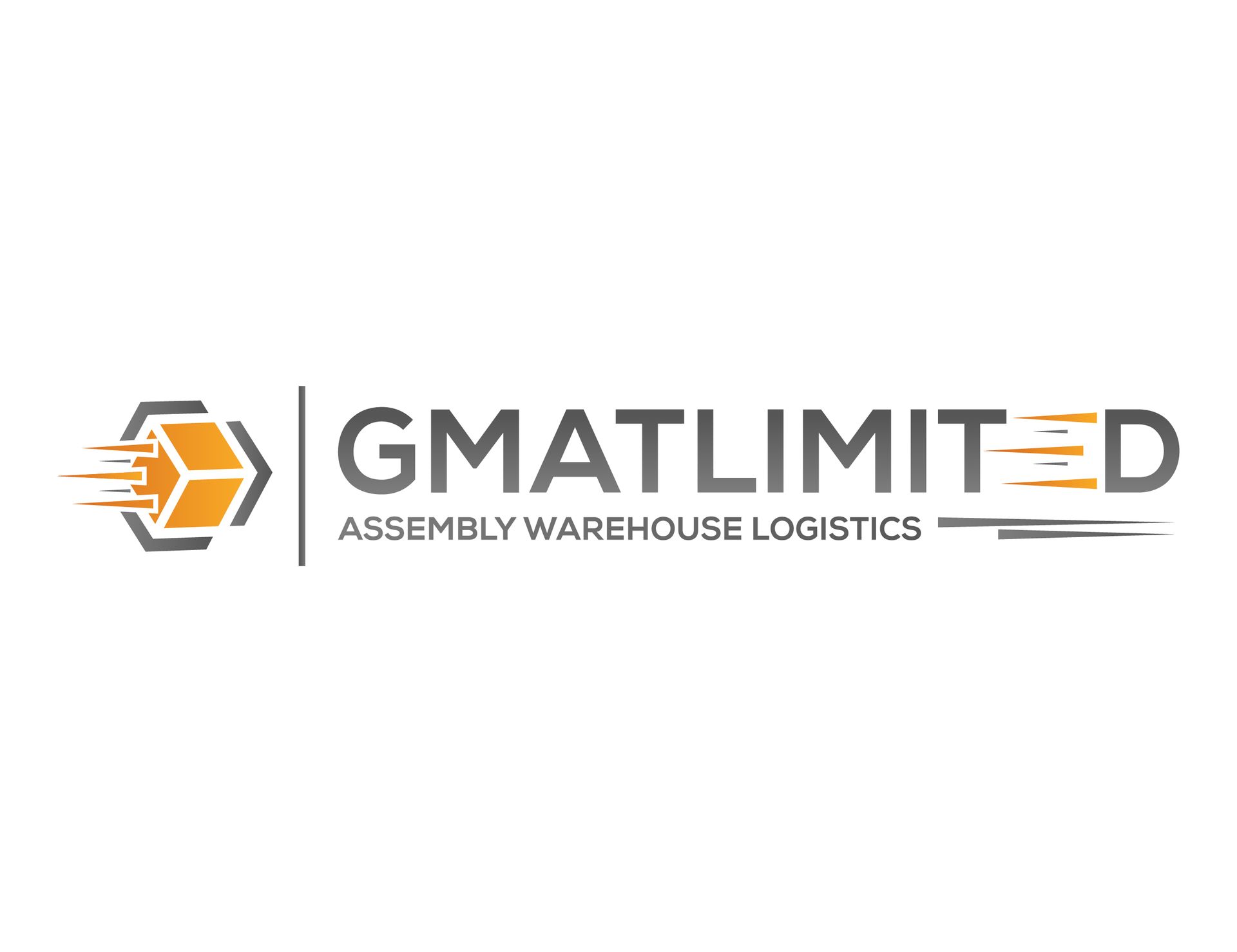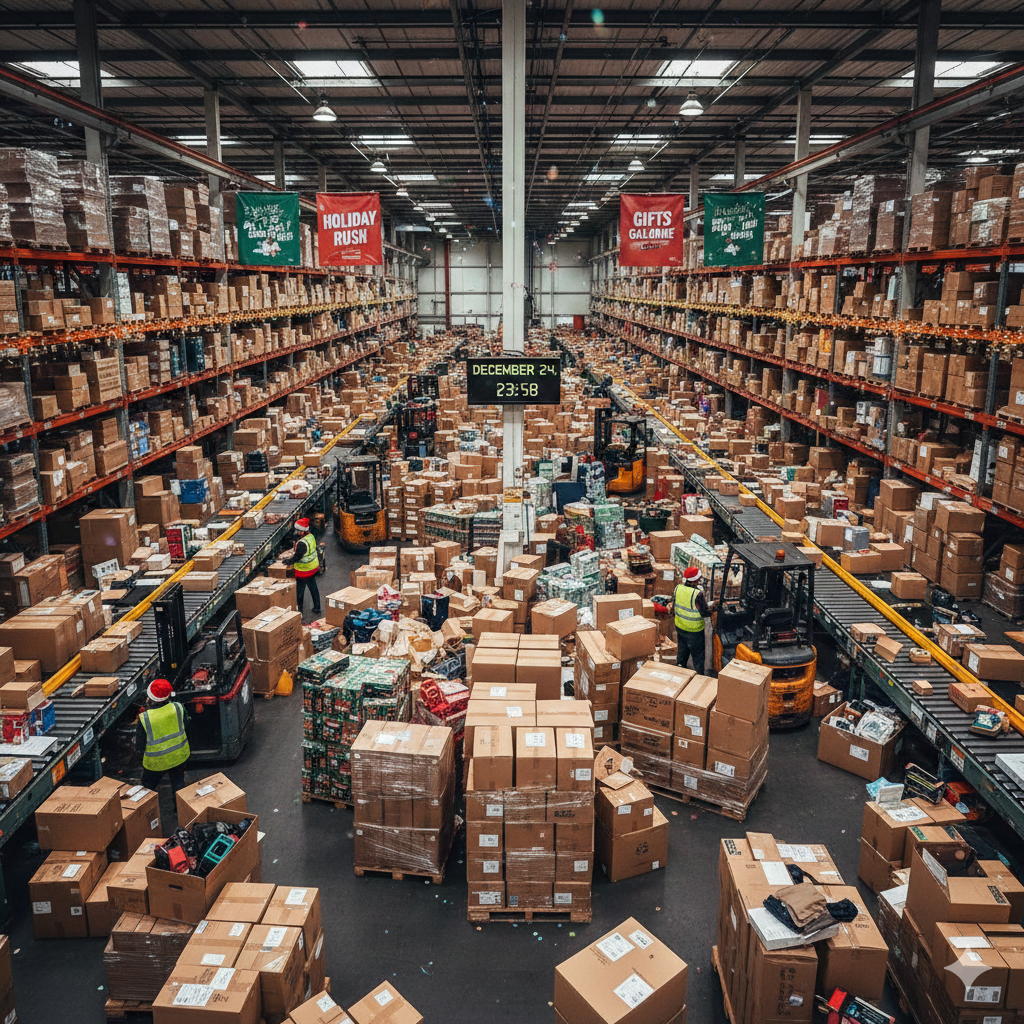E-Commerce Logistics: Common Terms Explained
E-commerce businesses work within a complex network of processes. Products move from suppliers to warehouses and then to customers. This system has special terms that can be confusing. Knowing e-commerce logistics terms is very important for business owners, marketers, and operations teams.
The language of logistics affects how your business talks with partners and manages inventory. When you know these terms, you understand operations better, negotiate better contracts, and make smart choices. This guide explains key logistics terms in simple language.
Key Takeaways
- E-commerce logistics involves multiple interconnected processes from sourcing to final delivery.
- Common logistics terminology provides a foundation for better decision-making and vendor evaluation.
- Fulfillment, inventory management, and shipping operate under distinct yet interrelated terms.
- Industry-standard abbreviations like 3PL, SKU, and MOQ help you communicate professionally.
- Mastering logistics terminology enables your business to scale effectively.
- Knowledge of logistics language builds confidence when managing service provider relationships.
What is E-Commerce Logistics?
E-commerce logistics involves managing goods from the supplier to the customer's door. This includes storing products, managing inventory, picking and packing orders, arranging transportation, and handling returns.
E-commerce logistics is different from traditional retail. Online retailers focus on individual orders instead of bulk shipments to stores. Fulfillment centers must quickly pick small amounts of different products. Customer expectations for fast delivery have changed a lot, making delivery timelines very important.
Core Supply Chain and Logistics Terms
Supply Chain and Logistics Defined
The supply chain is the full journey of a product. It starts with raw materials and ends with delivery to customers. This journey includes manufacturing, transportation, warehousing, distribution, and customer service. The supply chain also involves important decisions about sourcing and business structure.
Logistics is about moving and storing goods in the supply chain. You can think of logistics as the engine that keeps the supply chain running. While supply chain thinking asks, "Where should we get this product?", logistics asks, "How do we move this product quickly and cheaply?" For e-commerce professionals, this difference affects hiring and job responsibilities.
The Fulfillment Process Explained
Fulfillment is receiving a customer order and getting that product into their hands. It includes receiving inventory, storing it appropriately, picking the correct items, packing securely, generating shipping labels, and coordinating with carriers.
Many businesses choose between in-house fulfillment or outsourcing. In-house gives complete control but requires warehouse space, staff, and equipment. Outsourced offers flexibility but relies on external partners. Understanding fulfillment processes helps you evaluate which option works best.
Warehousing and Distribution Centers
A warehouse is a storage facility for goods waiting to be sold. Warehouses prioritize storage efficiency and security. They're often managed by third-party logistics providers.
A distribution center is optimized for rapid goods movement rather than long-term storage. Products enter, are quickly sorted and packed, then exit toward customers. Distribution centers are strategically located near population centers to minimize delivery times.
Essential Inventory Management and SKU Terminology
Understanding SKUs and Product Identification
SKU stands for Stock Keeping Unit and is important in inventory management. Each distinct product receives a unique SKU as an internal identifier. This differs from a universal barcode (UPC) that appears on packaging.
A single product might exist in multiple variations, each with its own SKU. If you sell a t-shirt in three sizes and three colors, that's nine different SKUs. Each tracks its own inventory levels. This granularity prevents confusion and enables accurate inventory management. Accurate SKU management prevents sending customers the wrong product.
Inventory Levels, Turnover, and Reorder Points
Inventory turnover measures how quickly you sell through stock. High turnover means products are selling quickly. Low turnover suggests items are sitting in your warehouse for extended periods. This matters because excess inventory costs money in storage and ties up capital.
The reorder point is the inventory level at which you place a new supplier order. This depends on sales velocity, lead time, and safety stock. Lead time is the period between placing an order and receiving goods. Understanding lead times helps you maintain appropriate inventory levels.
Addressing Stockouts and Backorders
A stockout occurs when customer demand exceeds available inventory, resulting in lost sales. E-commerce businesses particularly suffer from stockouts because customers expect immediate fulfillment.
A backorder allows customers to place orders for temporarily unavailable items that ship once new inventory arrives. Backorders preserve sales but require additional processing. Minimizing stockouts requires good forecasting and appropriate inventory levels.
Shipping, Freight, and Carrier Terminology
Understanding Different Freight Options
When products need to travel from suppliers to your facility or from your warehouse to customers, several shipping methods are available.
LTL (Less-than-Truckload) shipping means your shipment shares truck space with other businesses. This works well for mid-sized shipments. LTL is cost-effective because you pay only for the space your goods occupy, but it moves more slowly because trucks make multiple stops.
FTL (Full Truckload) shipping means you've booked an entire truck. This makes sense when shipping large volumes. Even though FTL has a higher total cost, the per-unit cost can be lower for large quantities. FTL shipments also move faster because there are fewer stops.
Air freight moves goods by airplane, offering speed at premium prices. It makes sense for urgent international shipments or high-value lightweight products. Ocean freight moves goods via cargo ships at slower speeds but much lower costs, ideal for large international shipments where timing isn't critical.
Last-Mile Delivery and Carrier Selection
Last-mile delivery refers to the final leg from a distribution center or warehouse to the customer's doorstep. This final segment disproportionately impacts customer satisfaction because it's when customers actually receive their orders. Last-mile delivery costs have become a major concern because this segment is labor-intensive and geographically challenging. Rural deliveries cost more than urban ones.
Your carrier selection directly affects last-mile performance. Major carriers like UPS, FedEx, and DHL have established networks and technology systems. Understanding what each carrier specializes in helps you negotiate rates and set realistic delivery timeframes.
Bills of Lading and Shipping Documentation
A Bill of Lading (BOL) is a legal document detailing what's in a shipment. It includes product descriptions, quantities, weight, destination address, and other critical information. The BOL serves as a contract between shipper and carrier. For e-commerce logistics, BOLs prevent disputes. If a shipment arrives damaged or incomplete, the BOL provides documentation of what was supposed to arrive.
Third-Party Logistics Providers and Service Agreements
What 3PLs Do and When to Use Them
A Third-Party Logistics (3PL) provider is an outsourced logistics team that handles warehousing, inventory management, pick and pack, and shipping coordination. Rather than operating your own warehouse, you pay a 3PL to manage these operations. 3PLs manage operations for multiple clients simultaneously, creating economies of scale that benefit smaller businesses.
The decision to use a 3PL versus managing in-house depends on business size, growth stage, and capital availability. Startups often use 3PLs to avoid large upfront warehouse investments. Established businesses might switch to in-house operations if order volume justifies investment. Some businesses use hybrid approaches, handling basic fulfillment in-house while outsourcing complex operations like international shipping.
Minimum Order Quantities and Supplier Terms
When working with suppliers, you'll encounter Minimum Order Quantity (MOQ) requirements. Suppliers often won't produce small batches because setup costs don't justify the order size. MOQs can range from dozens to thousands of units. Understanding MOQ requirements helps you plan inventory levels and negotiate with suppliers. MOQs directly affect your cash flow and inventory management.
Service Level Agreements
A Service Level Agreement (SLA) is a contract between your business and a service provider outlining expected performance standards. An SLA might specify that order fulfillment happens within 24 hours, that inventory accuracy is at least 99 percent, or that damaged shipments are replaced within a certain timeframe. SLAs provide accountability and put performance expectations in writing. If the provider fails to meet SLA terms, the contract specifies remedies like service credits or financial penalties.
Returns Management and Reverse Logistics
Understanding Returns Processes
Reverse logistics encompasses managing returns when customers send products back. This includes accepting the return, processing it, inspecting the product, restocking if appropriate, or disposing of it. Reverse logistics significantly impacts profitability.
An RMA (Return Merchandise Authorization) is the mechanism that controls this process. Before accepting a return, many businesses issue an RMA code to the customer. This code tracks the return through the system, ensuring it's associated with the correct order and customer. RMAs prevent fraud and help businesses analyze return patterns to identify quality issues.
Return Policies and Restocking Fees
A return policy is your business's set of rules governing when and how customers can return products. These policies vary widely: some offer 30-day returns with no questions asked, while others restrict returns to defective products only. Your policy affects customer satisfaction and processing costs.
Restocking fees are charges some businesses apply to returned items to offset processing costs. A restocking fee might be 15 percent of the purchase price. From a business perspective, restocking fees discourage frivolous returns. From a customer perspective, they can feel punitive. Understanding returns terminology helps you design policies that make business sense while remaining customer-friendly.
Common E-Commerce Logistics Terms Reference
| Term | Definition | Why It Matters |
|---|---|---|
| 3PL | Third-party logistics provider | Enables scaling without building infrastructure |
| SKU | Unique product identifier | Prevents picking errors and enables inventory tracking |
| Freight | Bulk shipment of goods | Determines shipping speed and cost |
| MOQ | Minimum order quantity | Affects inventory investment requirements |
| Pick and Pack | Selecting and packing items | Core fulfillment function affecting speed and accuracy |
| OMS | Order Management System | Coordinates orders across sales channels |
| RMA | Return Merchandise Authorization | Controls and tracks returns process |
| SLA | Service agreement | Provides accountability and remedies for failures |
| LTL | Less-than-Truckload freight | Cost-effective for mid-sized shipments |
| FTL | Full Truckload shipment | Economical for large volumes |
| Lead Time | Order to receipt time | Drives inventory requirements |
| Stockout | Depleted inventory | Results in lost sales |
| Backorder | Temporarily unavailable order | Preserves sales but requires patience |
| Reorder Point | Inventory trigger level | Prevents stockouts while managing excess |
| Distribution Center | Rapid goods movement facility | Enables faster order fulfillment |
| Warehouse | Long-term storage facility | Manages seasonal or bulk inventory |
| Last-Mile Delivery | Final delivery stage | Most visible to customer |
| Bill of Lading | Shipping documentation | Protects against disputes |
| Reverse Logistics | Returns management | Impacts return profitability |
Frequently Asked Questions
What is the difference between supply chain and logistics?
The supply chain is the complete network from raw materials to the final customer. Logistics is the operational component that handles the movement and storage of goods. Think of the supply chain as the strategic big picture and logistics as the tactical execution.
Do small e-commerce businesses need to understand all these terms?
Small businesses don't need to master every term, but understanding the most relevant ones to your situation is valuable. If you're launching and plan to use a 3PL, focus on fulfillment and service agreement terms. As your business grows, inventory management terminology becomes more critical.
What is the role of a 3PL in e-commerce?
A 3PL handles logistics operations that would otherwise require building your own infrastructure. This includes warehousing, receiving orders, picking and packing items, coordinating shipping, and managing returns. This works well for businesses with unpredictable demand, limited capital, or geographic expansion needs.
How do SKUs help with inventory management?
SKUs allow your systems to precisely track inventory. Rather than saying "red t-shirts," your system refers to a specific SKU number for red t-shirts in medium size. This granularity prevents confusion, enables automated reordering, and makes picking faster and more accurate.
What does lead time mean, and why does it matter?
Lead time is the number of days between placing a supplier order and receiving the goods. It matters because it determines how much inventory you need on hand. Understanding lead times helps you negotiate better with suppliers and forecast inventory needs accurately.
Final Thoughts
E-commerce logistics is fundamentally about movement: from suppliers to warehouses, from warehouses to customers, and managing returns. The terminology that has developed around this industry exists for practical reasons. Each term represents a specific concept or measurement that matters for business operations.
Understanding logistics terminology gives you confidence to engage with partners and make decisions grounded in operational reality. Whether you handle fulfillment in-house or work with 3PLs, this vocabulary enables clearer communication. As you move forward, return to these definitions whenever unfamiliar terminology appears. Over time, this language becomes second nature and helps you optimize operations and reduce costs.
Ready to take control of your e-commerce logistics? Explore our logistics solutions designed for growing online businesses.
Reference:
https://www.netsuite.com/portal/resource/articles/inventory-management/reverse-logistics.shtml













